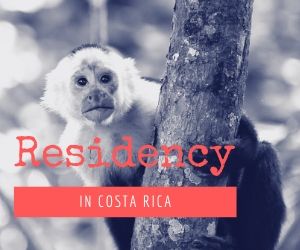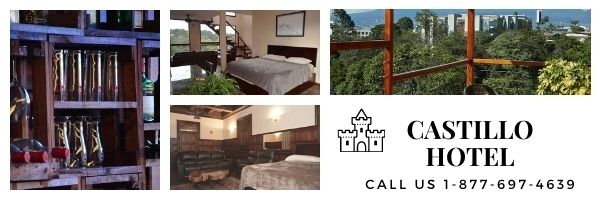At least the government is aware of the problem and have plans in the works to alleviate the situation. How many years past the scheduled completion date it will take is questionable.
From yesterdays
AM Costa Rica.
"Biogas would be a byproduct of valley sewer plant
By the A.M. Costa Rica staff
The country will try to produce biogas to generate electricity as a byproduct of its proposed sewer plant.
That is part of the plan by the Instituto Costarricense de Acueductos y Alcantarillados. But so far there has been no obvious work.
The Asamblea Legislativa approved a $130 million loan from the government of Japan in 2006. The money would pay more than half of what is considered a $230 million job.
Officials from the water and sewer company were at the legislature Thursday giving an interim report on the project. The entire project in two stages will run from the Cerro de Ochomogo on the east to the cerros Coyote and Palomas between Escazú and Santa Ana on the west. The project encompasses San Rafael de Coronado, San Gerónimo de Moravia and San Juan de Tibás. To the south the project will take in AserrÃ, San Miguel and Higuito de Desamparados and the cerro del Tapezco in Escazú.
All of San José centro would be included in phase one as will San Pedro and Curridabat. So will much of La Uruca, part of Alajuelita, San Miguel, San Antonio, Damas, San Rafael Abajo and Gravilias, all Desamparados, Guadalupe, San Francisco, Calle Blancos, IpÃs and Purral in Goicoechea, San Vicente and Trinidad in Moravia and León XIII, Colima, San Juan, Cinco Esquinas and Anselmo Llorente in Tibás. The rest of the valley will have to await phase two.
The project would join the four separate main sewers in the valley. They are named after the rivers they parallel.
Right now there are 104 kilometers of main sewers with 1,100 kilometers of secondary pipes. There are 140,000 connections for about 575,000 persons. The sewage goes directly into the rivers without treatment. The sewage ends up in the RÃo Grande de Tarcoles and then in the Gulf of Nicoya.
The proposal is to rehabilitate and extend the system and construct a primary treatment plant west of San José in a location known as Los Tajos. A 1.8-kilometer tunnel will take the sewage underground in Hatillo. Sewage in Pavas and Escazú will be pumped up to a treatment plant. The rest of the network relies on gravity.
Efforts will be made to produce biogas to fuel electrical generators from the sludge, said the institute. The process is supposed to reduce the volume of the sludge by 40 percent. The remaining sludge goes to the Los Mangos landfill in la Carpio. Primary treatment will cut in half the suspended solids in the sewage, officials estimated.
By 2014 officials hope to have 65 percent coverage servicing a million persons and providing primary treatment.
The second phase, scheduled for completion in 2025, will cover 85 percent of the population or some 1.6 million persons. An upgraded plant will provide secondary treatment that will reduce suspended solids in the effluent by about five times so that the final produce has about 10 percent the solids as the sewage entering the plant. Many homes outside of the Central Valley core use septic tanks today. Many are inadequate.
Pavas and Escazú are in phase two, as is AsserÃ. The districts of La Unión are in this phase, too, as is the remainder of La Uruca, several districts of Desamparados, Granadilla in Curridabat and several sections of Alajuelita.
Thursday Ricardo Sancho ChavarrÃa, president of Acueductos y Alcantarillados, told lawmakers that the country has avoided talking about sewers for a long time. He said the same problems that exist in San José are found in Cartago, Alajuela and Heredia. "We have practically converted our rivers into open sewers," he said.
The project, when and if it is completed, would be a boost to real estate. The area in which sewer connections are available will increase, and the type of structure could change too, because lots would not have to accommodate septic tanks, officials said."
Link to map showing main lines.
http://www.amcostarica.com/sewerlinesincolor.jpg_________________

Pura Vida

Only Irish coffee provides in a single glass all four
essential food groups:
alcohol, caffeine, sugar and fat.
Alex Levine











